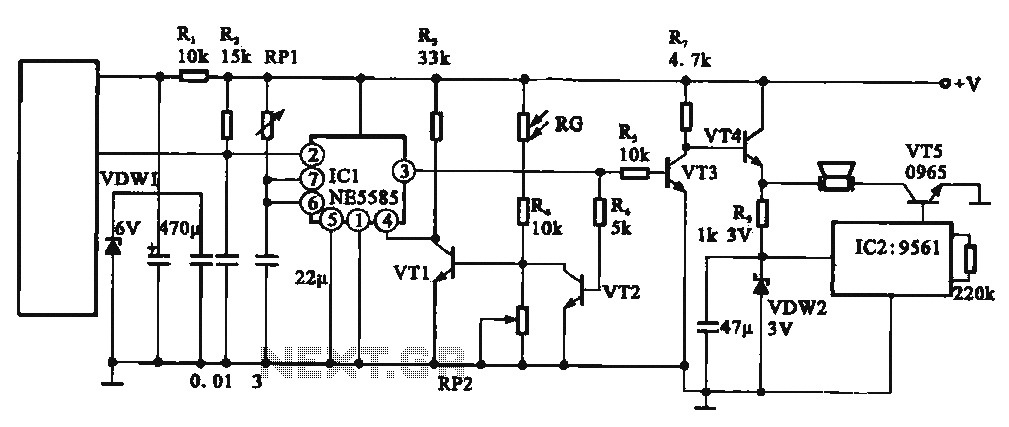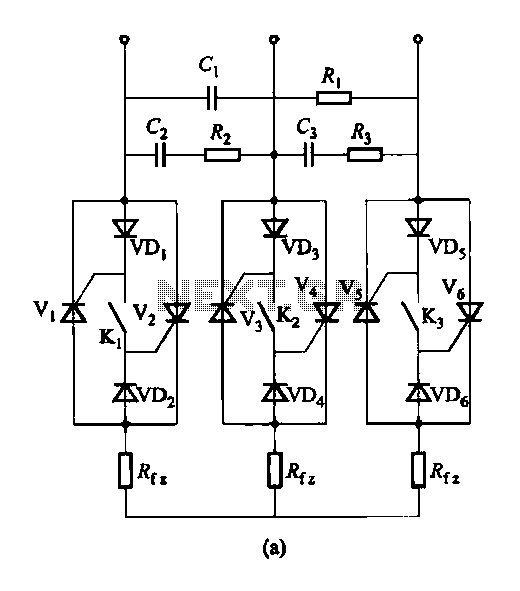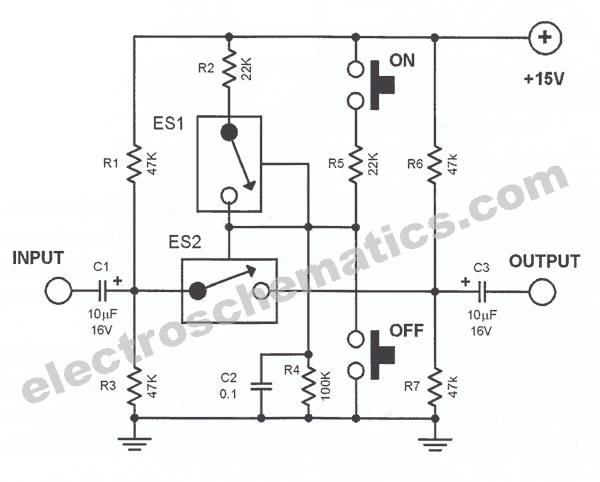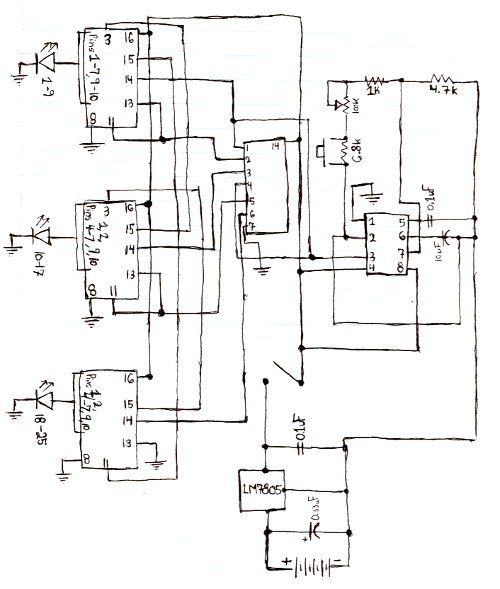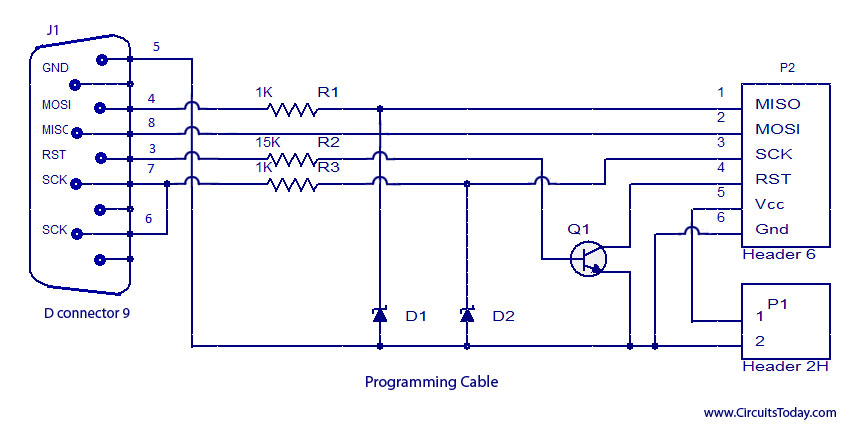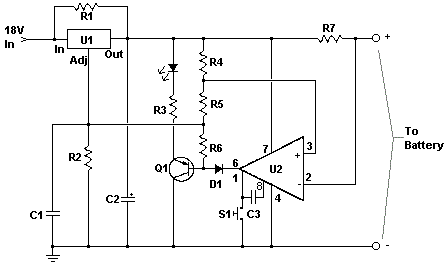
Conducting pipe control rechargeable short delay circuit 2
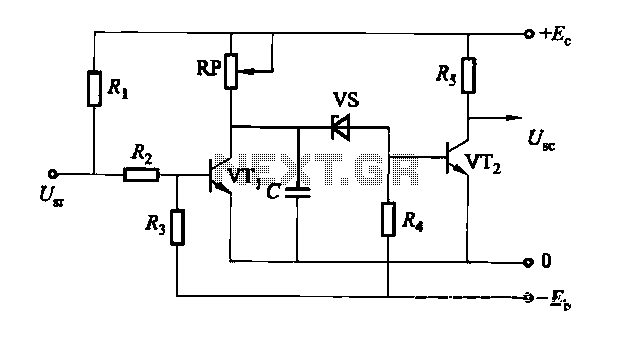
The circuit is a rechargeable short delay control for a conducting pipe, featuring two adjustment potentiometers (RP) that enable the delay time to be set from several hundred milliseconds to several seconds.
The rechargeable short delay circuit is designed for applications where a controlled delay is necessary before activating a connected load, such as a valve or actuator in a conducting pipe system. The core components of the circuit include a power supply, a timing mechanism, and two adjustment potentiometers (RP), which are crucial for customizing the delay duration.
The power supply can be a rechargeable battery or a DC power source, providing the necessary voltage and current for the circuit's operation. The timing mechanism typically consists of a resistor-capacitor (RC) network that determines the delay period. The two potentiometers allow for fine-tuning of both the resistance and capacitance values, enabling the user to adjust the timing characteristics according to specific application requirements.
When the circuit is activated, it begins charging the capacitor through the resistor. The time it takes for the capacitor to reach a certain voltage level, determined by the potentiometer settings, dictates when the output will trigger. This output can be connected to a relay, transistor, or any other switching device to control the load in the conducting pipe system.
The flexibility offered by the dual potentiometers enhances the circuit's versatility, making it suitable for a variety of applications requiring precise timing control. Proper implementation of this circuit can lead to improved efficiency and reliability in systems that rely on timed operations.Conducting pipe control rechargeable short delay circuit 2 Adjustment potentiometer RP, allows the delay time of several hundred milliseconds to several seconds.
The rechargeable short delay circuit is designed for applications where a controlled delay is necessary before activating a connected load, such as a valve or actuator in a conducting pipe system. The core components of the circuit include a power supply, a timing mechanism, and two adjustment potentiometers (RP), which are crucial for customizing the delay duration.
The power supply can be a rechargeable battery or a DC power source, providing the necessary voltage and current for the circuit's operation. The timing mechanism typically consists of a resistor-capacitor (RC) network that determines the delay period. The two potentiometers allow for fine-tuning of both the resistance and capacitance values, enabling the user to adjust the timing characteristics according to specific application requirements.
When the circuit is activated, it begins charging the capacitor through the resistor. The time it takes for the capacitor to reach a certain voltage level, determined by the potentiometer settings, dictates when the output will trigger. This output can be connected to a relay, transistor, or any other switching device to control the load in the conducting pipe system.
The flexibility offered by the dual potentiometers enhances the circuit's versatility, making it suitable for a variety of applications requiring precise timing control. Proper implementation of this circuit can lead to improved efficiency and reliability in systems that rely on timed operations.Conducting pipe control rechargeable short delay circuit 2 Adjustment potentiometer RP, allows the delay time of several hundred milliseconds to several seconds.
Warning: include(partials/cookie-banner.php): Failed to open stream: Permission denied in /var/www/html/nextgr/view-circuit.php on line 713
Warning: include(): Failed opening 'partials/cookie-banner.php' for inclusion (include_path='.:/usr/share/php') in /var/www/html/nextgr/view-circuit.php on line 713
